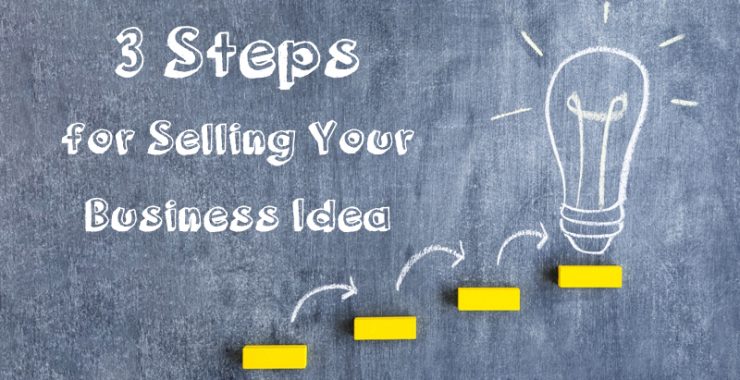Selling A Business
How To Arrive At A Sale Value For Your Business in The Palm Beaches
If you have decided to sell your company, the first step that you must take is to determine an asking price. Set this too high, and you will drive buyers away. A low price, on the other hand, means leaving money on the table.
Unfortunately, there is no “right” way to value your business. Regardless of your valuation method, the amount that you will ultimately receive will be decided by the worth that the buyer sees in your company.
However, you need a starting point. There are several ways in which you can arrive at this.
Asset-based valuation
This is a straightforward method and is the least commonly used. All that you have to do is add the current market value of the machinery, equipment, and other hard assets, like inventory, that your company owns.
The asset-based valuation method suffers from some obvious disadvantages. It may not be appropriate for a company that has an asset-light business model or one that has goodwill due to customer lists, stable revenues, etc.
Times revenue method
How much gross revenue does your company generate every year? The “times revenue” method takes this figure and multiplies it by a market-derived fraction to arrive at a sale value.
The multiple to be used depends on the industry that you operate in and the external business environment. The value of a small business is often less than its yearly sales.
It’s quite apparent that this is a simplistic method. It should never be used in isolation. For example, if the business has high revenue but is taking profit losses, or conversely is extraordinarily profitable as compared to other businesses in its industry, it would be incorrect to value it solely from its annual revenue.
Valuation based on Profit Multiplier
Buyers usually prefer this method or one of its variants. After all, when they are purchasing your business, their primary objective is to make money. They can estimate how much they will earn every year by taking your yearly operating profits as a starting point.
Most small businesses are valued at two or three times its annual profit; however, calculating the annual profit should be left to a business sales professional. The figure could be increased (or decreased) on the basis of the multiple that is commonly used in your industry. Of course, your company-specific information would also have a bearing on the final price.
Discounted cash-flow method
The term “discounted cash-flow” (DCF) sounds complicated, but in reality, this method is easy to understand.
How much cashflow will your business generate next year and the year after that? You will need to calculate the cashflow for several years into the future. When you have done this, you will have to discount these numbers by a specific percentage. The discount rate is also the buyer’s required return – this can range from 25-45%.
This is the most scientific method to value a business. It may be a good idea to get your accountant to help you with the calculation.
The bottom line
It isn’t easy to value your business accurately. There is a considerable amount of subjectivity involved in the process. But you can make a start by using one or more of the methods described above.
Remember that it’s crucial to have accurate and well-maintained accounting records. Any valuation that you carry out will be based on your financial statements. If the prospective buyer finds that your books are unreliable or that you can’t back your data with proof, your valuation homework will be wasted.
Sunbelt Business Brokers of West Palm Beach can help you prepare to sell your business in South Florida, guiding you from listing to closing. If you’re considering selling your business, get in touch with us today for a confidential, no obligation conversation.
Ryan Cave is President of Sunbelt Business Brokers of South Florida, a business brokerage firm specializing in the purchase and sale of small to midsize businesses. Sunbelt Business Brokers of South Florida has been involved in the valuation and sale of hundreds of privately held businesses for nearly 20 years.




